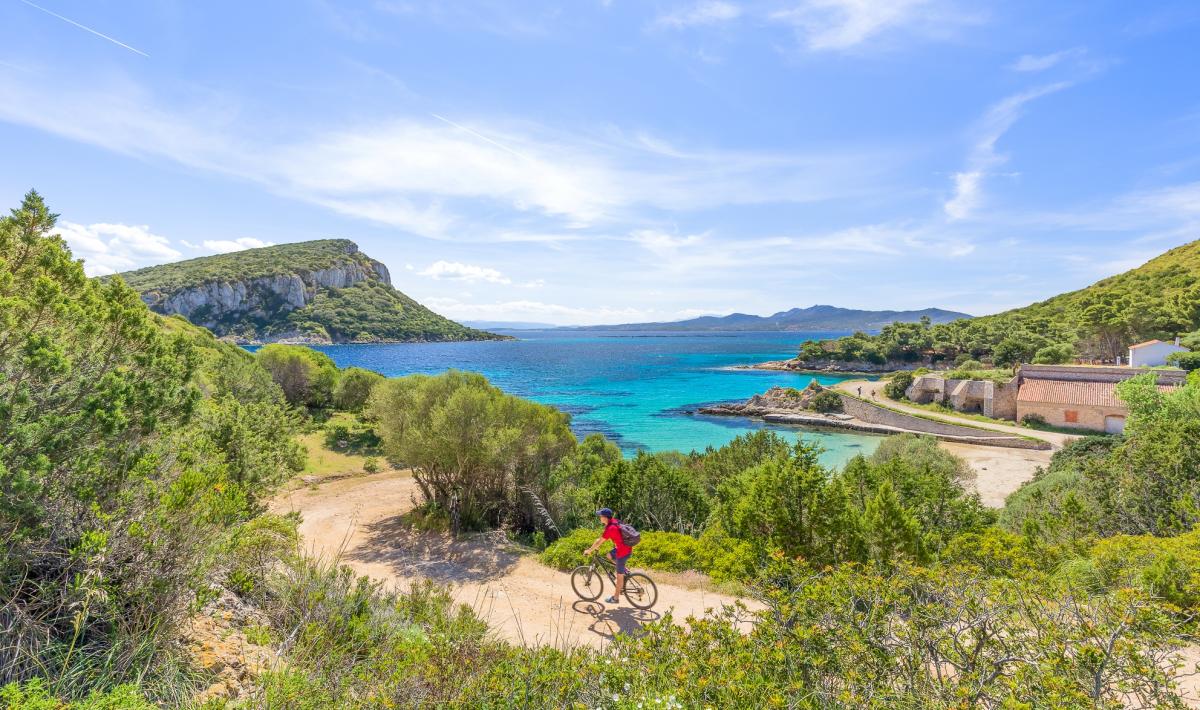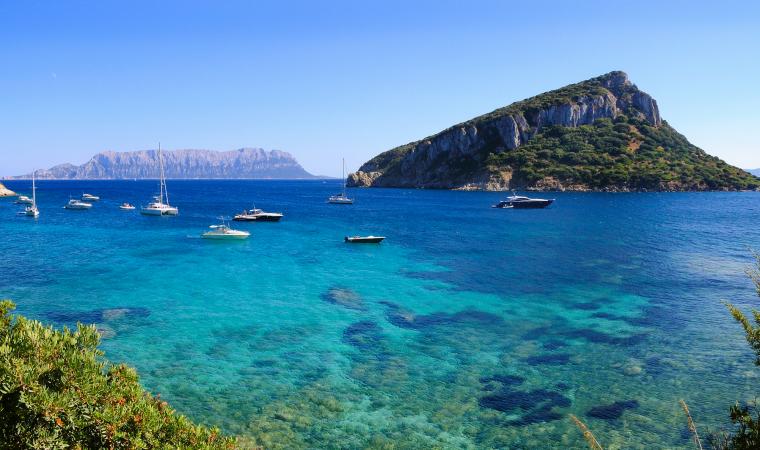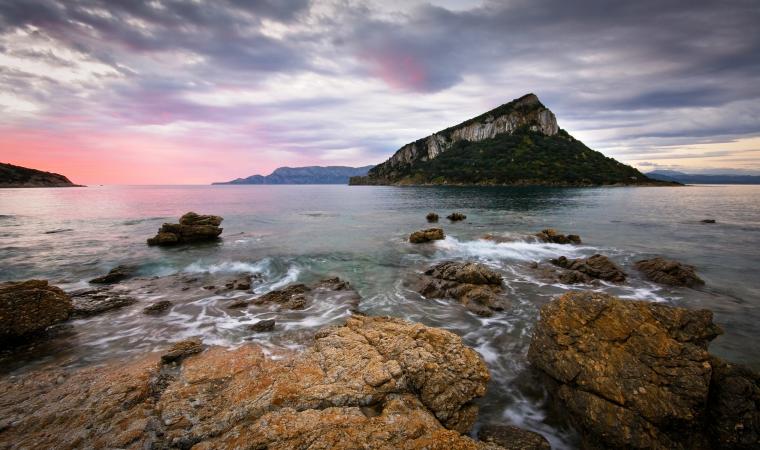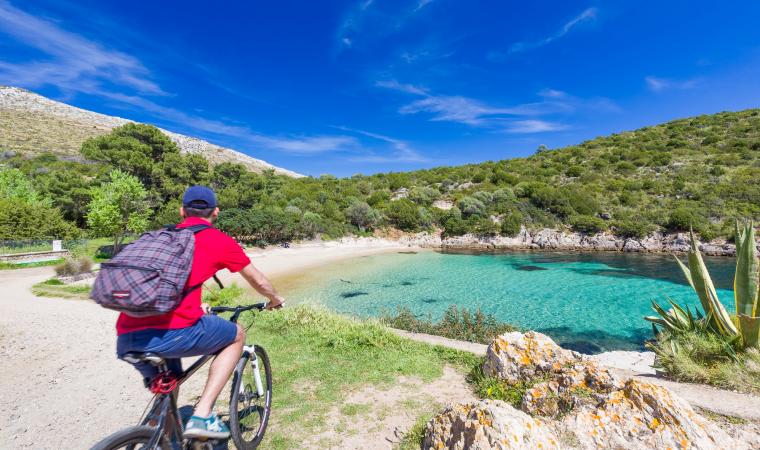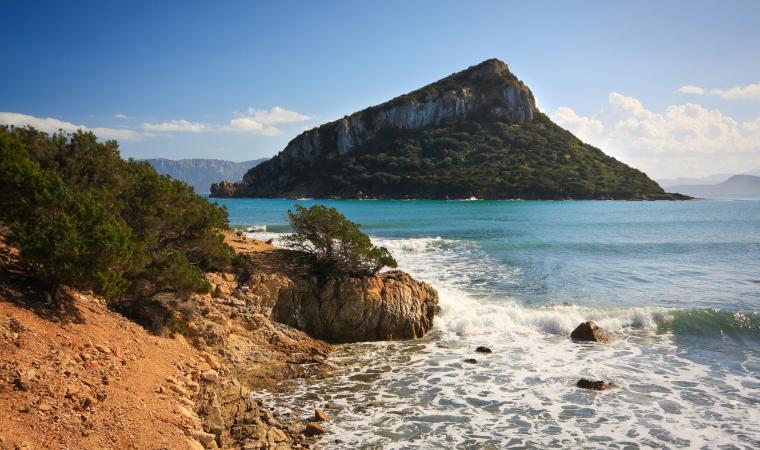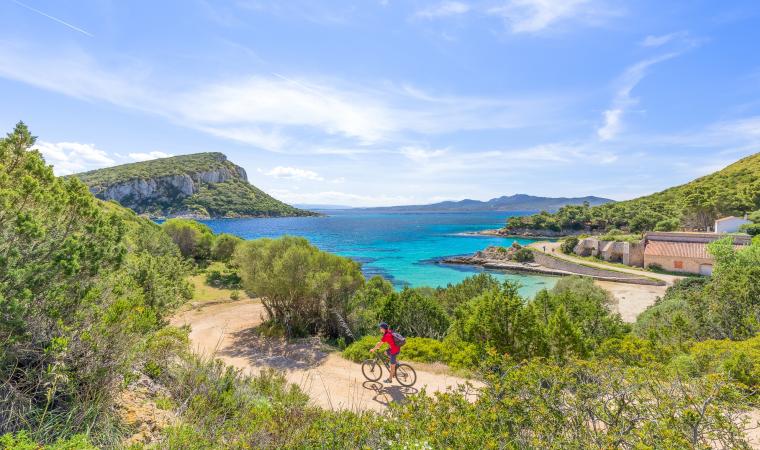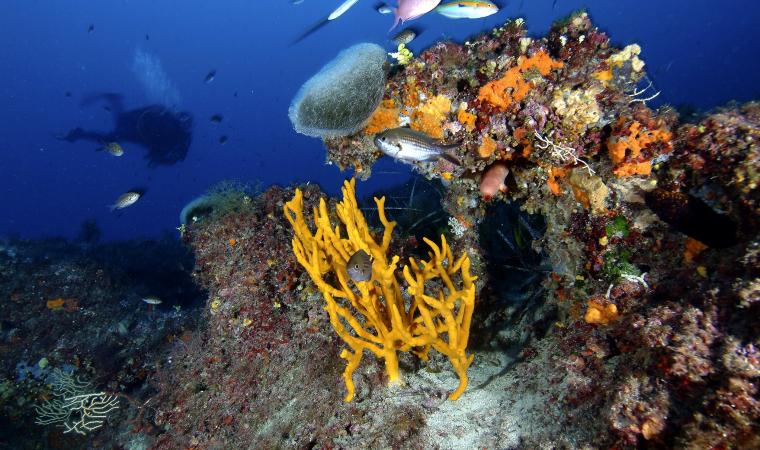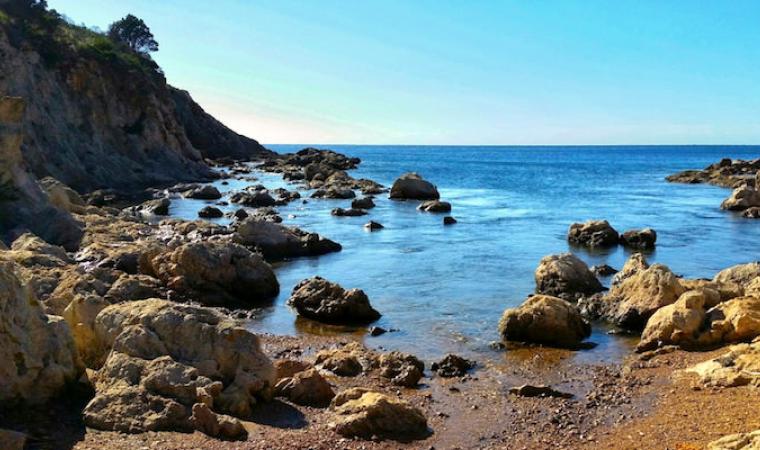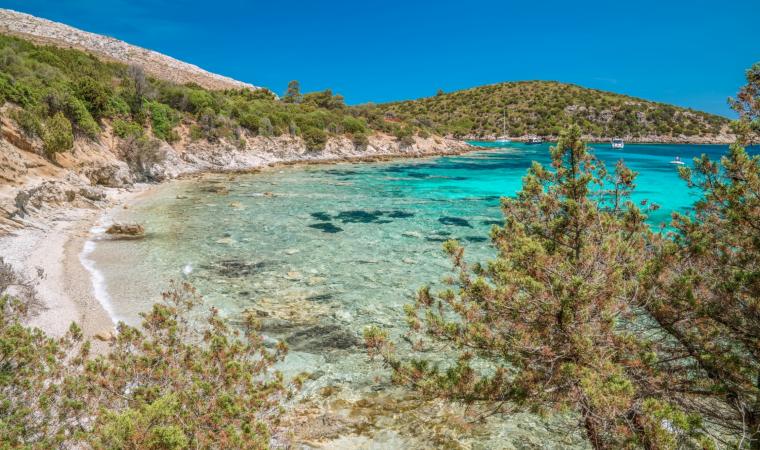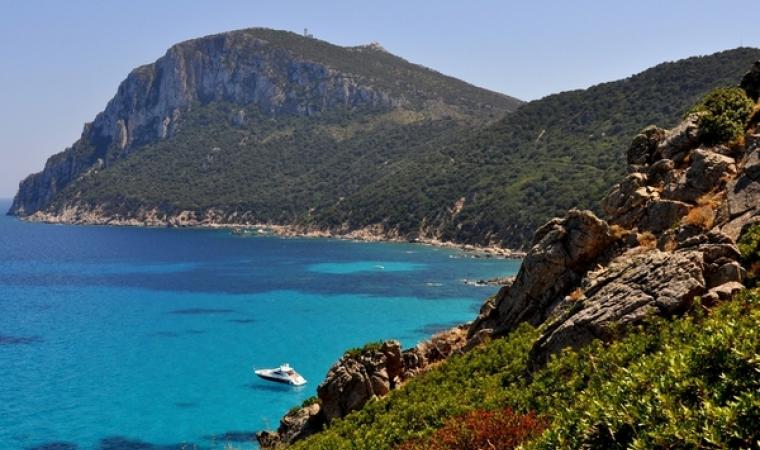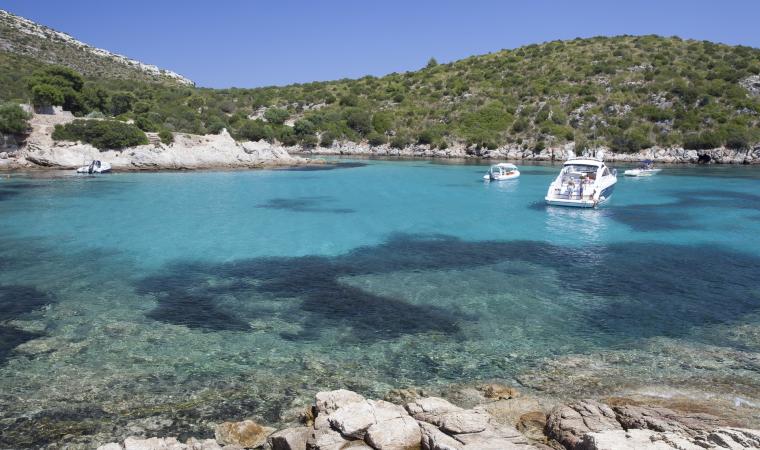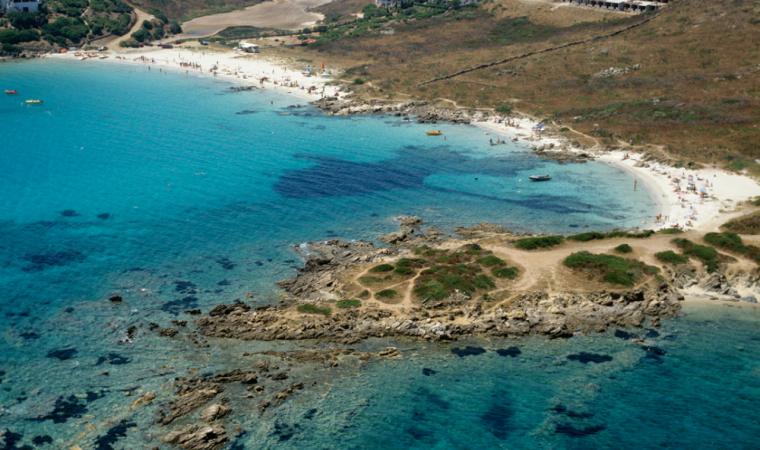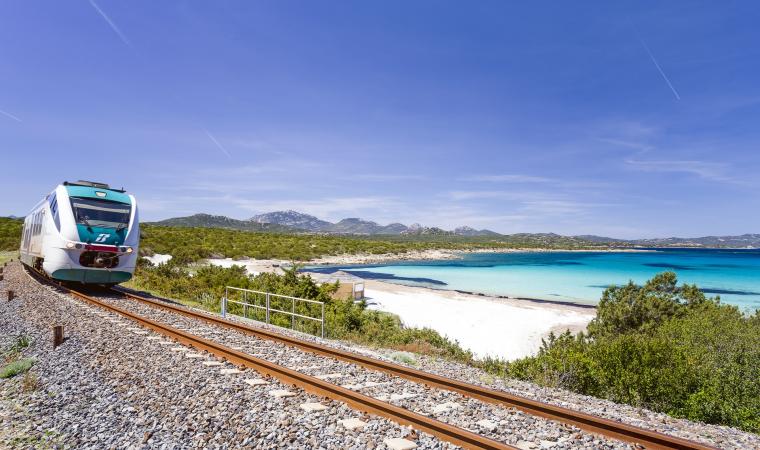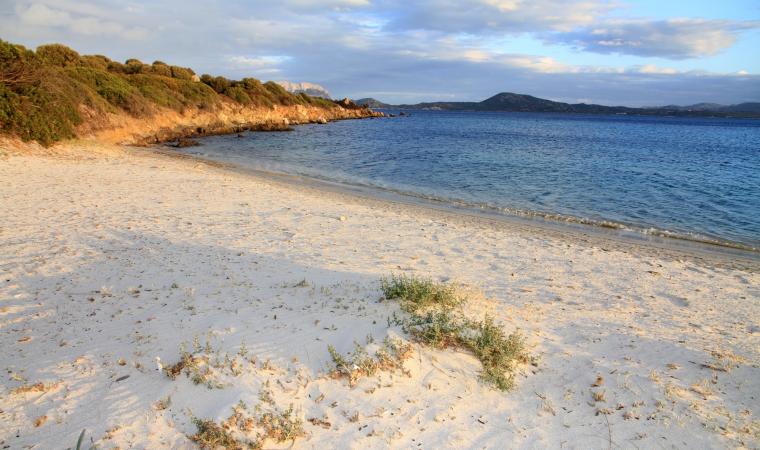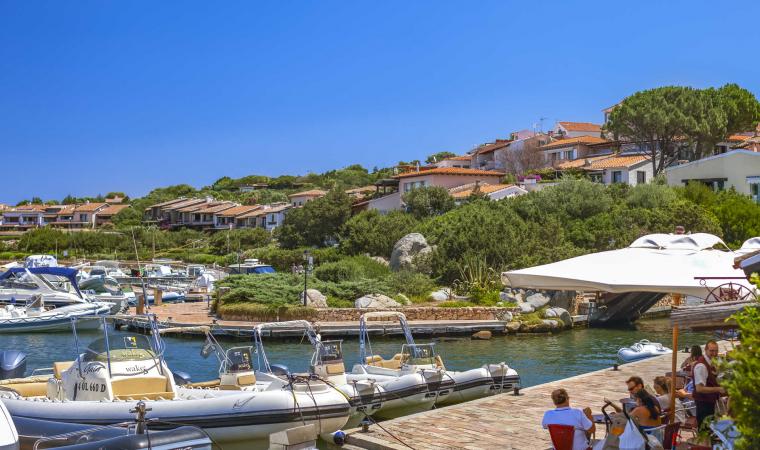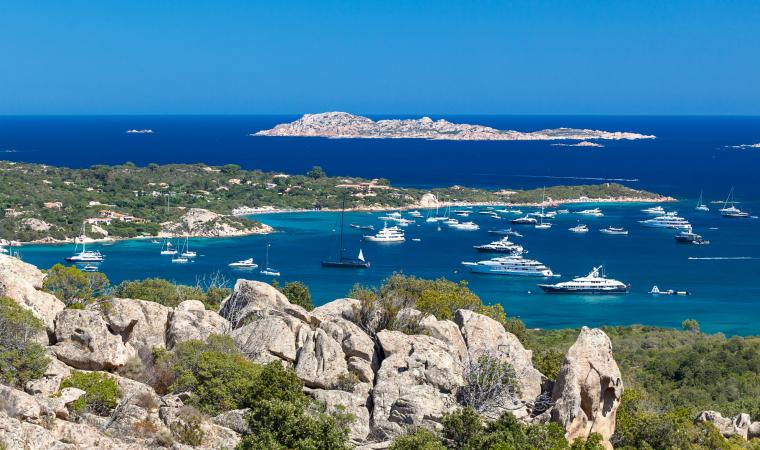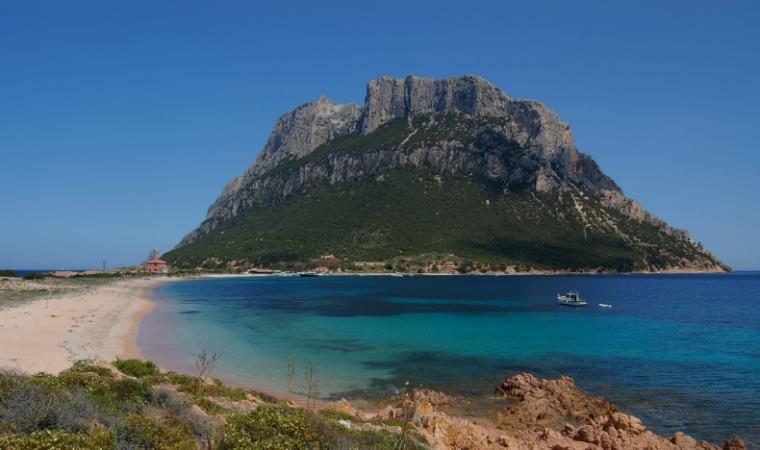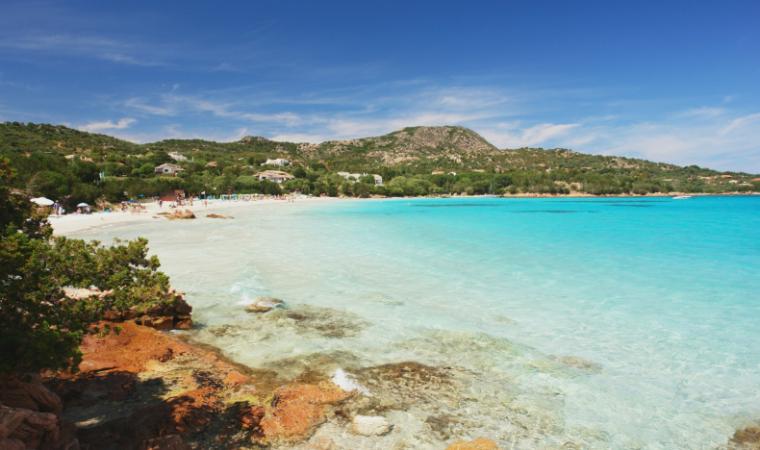It is a natural open-air museum that embellishes the coast of Golfo Aranci, in Gallura. The promontory of Capo Figari, along with the islet of Figarolo in front of it, have been declared a Site of Community Importance and are treasure troves of biodiversity. You can get to the promontory via the beach of Cala Moresca, a ‘gem’ set in a little bay and cooled by a pine forest. The summit of the promontory is just over three kilometres from the cove and, at the top, at a height of 350 metres, are the remains of the Naval Semaphore, inaugurated in 1890, purchased by the Ministry of Defence 15 years later and made famous in 1932 by Guglielmo Marconi, who built a shortwave radio link there, connecting it to the transmitter in Rocca di Papa, near Rome. From up here, you can enjoy a breathtaking view: to the south, you can see the entire gulf of Olbia, with Capo Ceraso and the island of Tavolara, while to the north, you can see the islands of Soffi and Mortorio with the Costa Smeralda in the background.
Various trekking trails are marked out on the promontory, thanks to which you can observe other pieces of historical evidence that underline the importance and the use of the site over the years. Behind Cala Moresca, there is a furnace for the production of lime, which was abandoned after just a few years of use. Moving on along the Filasca trail, you will come to the Luigi Serra coastal battery, built during the First World War on the peak that gives the trail its name. You will notice the remains of turrets and circular bases on which the cannons were anchored. A detour will take you to a small cemetery, called ‘of the English’, in honour of the burial of an English sailor, accompanied by a Celtic cross, though in reality, it is mainly the burial place of Italian sailors who disappeared during various shipwrecks. Going beyond, you will reach the picturesque Cala Greca, with its deep waters that give the sea a strong blue colour. Nearby, you will notice the unusual rock of Mamma Chiatta, a name given to it by the fishermen of Golfo Aranci because of the outline that, according to them, resembles an overweight elderly lady. The northern side of the promontory will treat you to other captivating views of places that can be reached by sea, like Cala del Sonno and Cala Fenice.
In front of Cala Moresca, Figarolo appears. Its name comes from the presence of flourishing fig trees. The island is a limestone plateau with an unusual pyramid-like shape. A variety of wildlife resides there: moufflons, cormorants and buzzards. The raven also passes through and sometimes the peregrine falcon nests there. The vegetation includes holm oaks, lentisk trees and thousand-year-old olive trees. The surrounding seabed is a paradise for diving enthusiasts: shallows, underwater caves, black corals and also groupers, lobsters, corbs, sea urchins, sponges and sea fans. Off the island, lies the small wreck of a merchant ship that sank in the mid-20th century.

